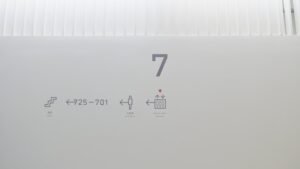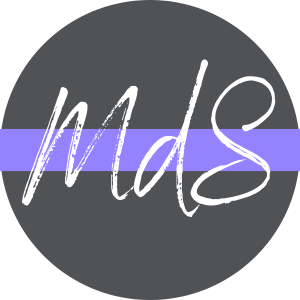In today’s digital age, having a well-designed website is crucial for the success of any business, and the short-term rental industry is no exception. A well-designed website can be the difference between attracting and retaining guests or losing them to competitors. It serves as the online face of your business, providing potential guests with their first impression of what you have to offer.
The role of web design in attracting and retaining guests cannot be overstated. A visually appealing and user-friendly website can capture the attention of potential guests and entice them to explore further. It can also make it easier for guests to find the information they need, such as availability, pricing, and amenities. A well-designed website can also instill trust and confidence in potential guests, making them more likely to book with you.
Understanding the Short-Term Rental Industry
The short-term rental industry has experienced tremendous growth and popularity in recent years. With the rise of platforms like Airbnb and HomeAway, more and more travelers are opting for short-term rentals over traditional hotels. Short-term rentals offer a unique and personalized experience that hotels often cannot match.
The growth of the short-term rental industry can be attributed to several factors. Firstly, travelers are increasingly seeking authentic and local experiences when they travel. They want to immerse themselves in the culture and lifestyle of their destination, and short-term rentals provide them with that opportunity. Secondly, short-term rentals often offer more space and amenities than traditional hotel rooms, making them particularly appealing to families or groups traveling together.
The Role of Web Design in Short-Term Rental Business Success
Web design plays a crucial role in the success of a short-term rental business. A well-designed website can help you stand out from the competition and attract more guests. It can also make it easier for potential guests to find the information they need and make a booking.
One of the key aspects of effective web design for short-term rentals is visual appeal. A visually appealing website can capture the attention of potential guests and make them want to explore further. It should showcase high-quality images of your property, highlighting its unique features and amenities. The layout and color scheme should also be visually pleasing and reflect the branding of your business.
Another important aspect of web design for short-term rentals is user-friendliness. Your website should be easy to navigate and understand, with clear calls-to-action and logical organization of information. Potential guests should be able to find the information they need quickly and easily, such as availability, pricing, and booking options.
Key Elements of Effective Hospitality Web Design
There are several key elements that contribute to effective hospitality web design. These elements include layout, color scheme, typography, and branding.
The layout of your website should be clean and organized, with a logical flow of information. It should be easy for users to navigate and find the information they need. The use of white space can help create a sense of balance and clarity.
The color scheme of your website should reflect the branding of your business. It should be visually appealing and create a cohesive look and feel. Different colors can evoke different emotions, so it’s important to choose colors that align with the image you want to portray.
Typography is another important element of web design. The fonts you choose should be easy to read and reflect the tone and personality of your business. It’s important to strike a balance between readability and aesthetics.
Branding is crucial in hospitality web design. Your website should reflect the unique identity of your business and differentiate you from competitors. This can be achieved through the use of logos, taglines, and consistent messaging throughout your website.
Creating a User-Friendly Website for Guests
Creating a user-friendly website is essential for attracting and retaining guests. A user-friendly website is easy to navigate and understand, with clear calls-to-action and logical organization of information.
One of the key aspects of user-friendly web design is using clear and concise language. Avoid using jargon or technical terms that may confuse or alienate potential guests. Use simple and straightforward language that is easy to understand.
Another important aspect of user-friendly web design is providing clear calls-to-action. Make it easy for potential guests to take the next step, whether it’s making a booking, contacting you for more information, or signing up for a newsletter. Use buttons or links that stand out and clearly indicate what action the user should take.
Organizing information in a logical manner is also crucial for a user-friendly website. Group related information together and use headings and subheadings to make it easy for users to scan and find what they’re looking for. Use bullet points or numbered lists to break up text and make it more digestible.
Optimizing Your Website for Mobile Devices
In today’s digital landscape, having a mobile-friendly website is essential. With more and more people accessing the internet on their smartphones and tablets, it’s important to ensure that your website looks and functions well on mobile devices.
One of the key aspects of optimizing your website for mobile devices is using responsive design. Responsive design allows your website to adapt to different screen sizes and resolutions, ensuring that it looks good on any device. This can help improve the user experience and make it easier for potential guests to navigate your website.
Optimizing images and videos for mobile viewing is also important. Large images or videos can slow down the loading time of your website on mobile devices, which can be frustrating for users. Optimize your images and videos by compressing them without sacrificing quality.
The Importance of High-Quality Photography and Visuals
High-quality photography and visuals play a crucial role in attracting and retaining guests. They provide potential guests with a glimpse into what they can expect from their stay and help create an emotional connection.
When it comes to photography, it’s important to invest in professional-quality images. High-quality images can showcase your property in the best light and highlight its unique features and amenities. They can also help potential guests visualize themselves staying at your property, which can increase the likelihood of them making a booking.
In addition to high-quality images, consider using videos to showcase your property. Videos can provide a more immersive experience and give potential guests a better sense of what it’s like to stay at your property. They can also be used to showcase amenities and features that may not be easily captured in photos.
Visual storytelling is another effective technique for creating an emotional connection with guests. Use visuals to tell a story about your property and the experience guests can expect. This can be done through the use of images, videos, and text that evokes a sense of place and captures the unique character of your property.
Integrating Online Booking and Reservation Systems
Integrating online booking and reservation systems into your website is essential for streamlining the booking process and providing a seamless experience for guests. It allows potential guests to check availability, view pricing, and make a booking directly on your website.
When choosing an online booking system, it’s important to consider factors such as ease of use, integration with other tools and platforms, and customer support. Look for a system that is intuitive and easy for both you and your guests to use. It should also integrate seamlessly with other tools and platforms you use, such as property management systems or channel managers.
Implementing an online booking system can help save time and reduce the risk of double bookings or errors. It can also provide valuable data and insights that can help you make informed decisions about pricing, availability, and marketing strategies.
Leveraging Social Media to Boost Your Rental Business
Social media can be a powerful tool for promoting your short-term rental business and attracting more guests. It allows you to reach a wide audience and engage with potential guests in a more personal and interactive way.
One of the key aspects of leveraging social media effectively is creating engaging content. Share photos, videos, and stories that showcase your property and the experiences guests can expect. Use captions and hashtags to make your content more discoverable and encourage engagement.
Engaging with guests and followers is also important on social media. Respond to comments, messages, and reviews in a timely manner. Show appreciation for positive feedback and address any concerns or issues raised by guests.
Collaborating with influencers or partnering with local businesses can also help boost your rental business on social media. Consider hosting influencers or offering special promotions or discounts in collaboration with local businesses. This can help increase your reach and attract new guests.
Measuring the Success of Your Hospitality Web Design
Measuring the success of your website and web design efforts is crucial for making informed decisions and improving your online presence. It allows you to track key performance indicators (KPIs) and identify areas for improvement.
One of the key tools for measuring website success is Google Analytics. It provides valuable data and insights about your website’s performance, such as the number of visitors, bounce rate, conversion rate, and average session duration. Use this data to identify trends, track progress towards goals, and make data-driven decisions.
Other KPIs you may want to track include the number of bookings or inquiries generated through your website, the average booking value, and the return on investment (ROI) of your marketing efforts. Set specific goals for each KPI and regularly review your progress towards those goals.
Regularly reviewing website analytics and tracking KPIs can help you identify areas for improvement and make data-driven decisions to optimize your website and web design efforts.
Investing in Effective Web Design to Grow Your Short-Term Rental Business
In conclusion, investing in effective web design is crucial for the success of your short-term rental business. A well-designed website can attract and retain guests, differentiate you from competitors, and provide a seamless booking experience.
By understanding the key elements of effective hospitality web design and implementing best practices, you can create a website that is visually appealing, user-friendly, and optimized for search engines. This will help you stand out from the competition, attract more guests, and ultimately grow your short-term rental business.
Take action today and evaluate your current website design. Identify areas for improvement and implement changes to create a website that reflects the unique identity of your business and provides a seamless experience for guests. By investing in effective web design, you can take your short-term rental business to new heights.






